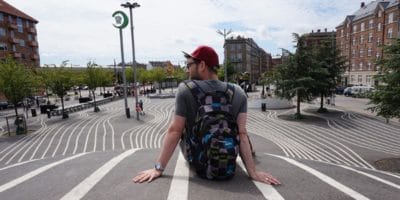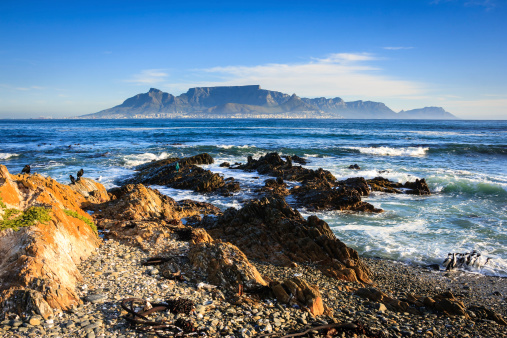
View of Cape Town from Robben Island. Johan Sjolander. Unsplash
Top 10 Sensational Facts about Robben Island
Robben Island, also known as “Robbeneiland” in Afrikaans, is an island in Table Bay, Western Cape Province, South Africa. It is located 5 miles west of the mainland and 6 miles north of Cape Town, with an approximate area of 5 square miles.
Its name is derived from the Dutch word for ‘seals’ which were once abundant in the surrounding waters. In the 16th and early 17th centuries, passing ships frequently stopped on the island. Following early settlement efforts, it was designated as a Dutch and then a British penal colony.
It is the location of the maximum security prison where Nelson Mandela was imprisoned for 20 years alongside others who opposed the racist policies of the (white) Apartheid government at the time. The triumph of the human spirit, freedom, and democracy over oppression has come to symbolize the Island.
1. Robben Island served as South Africa’s maximum security prison

Entrance to the High-Security Prison at Robben Island. Photo by BassanK. Unsplash
Between the 17th and 20th centuries, it was used as a prison, a hospital for socially unacceptable groups, and a military base. The majority of inmates, including Nelson Mandela, were black men imprisoned for political reasons. The last of these inmates was freed in 1991. Until 1996, the island was used as a medium-security prison for criminal offenders.
2. Robben Island was used as a leper colony and animal quarantine station
When the Hemel-en-Aarde (heaven and earth) leper colony near Caledon was discovered to be unsuitable for a leper colony, lepers were relocated to Robben Island beginning in 1845. Initially, this was done voluntarily, and the lepers were free to leave the island at any time. The cornerstones for 11 new buildings to house lepers were laid in April 1891.
Following the passage of the Leprosy Repression Act in May 1892, admission was no longer voluntary, and lepers’ movement was restricted. Doctors and scientists did not understand the disease and believed that isolation was the only way to keep it from spreading to others. Prior to 1892, approximately 25 lepers were admitted to Robben Island each year.
3. Part of the Island is a sacred site for Muslim pilgrimage

Robben island harbor. Photo by Siempreverde22. Unsplash
The Moturu Kramat, now a sacred site for Muslim pilgrimage on Robben Island, was built in 1969 to commemorate Prince of Madura Sayed Abdurahman Moturu. Moturu, one of Cape Town’s first imams, had been exiled to the island in the mid-1740s. In 1754, he died there. Before leaving the island, Muslim political prisoners would pay their respects at the shrine.
4. Robben Island offshore reefs were famous for being maritime hazards
Seagoing vessels must exercise extreme caution when approaching Robben Island and nearby Whale Rock (which does not break the surface), as both pose a threat to shipping. The offshore reefs and the jagged coastline of the island are surrounded by a prevailing rough Atlantic swell. The powerful surf quickly breaks up stricken vessels driven onto rocks.
A total of 31 ships are known to have sunk around the island. Operation ‘Sea Eagle’ was launched in 1990 by a marine archaeology team from the University of Cape Town. It was an underwater survey that scanned the seabed around Robben Island for 31 square kilometers.
The strong currents and high waves in these waters made the task even more difficult. The team discovered 24 sunken ships near Robben Island. The majority of the wrecks were discovered in waters less than ten meters deep. The team concluded that the sinking was caused by poor weather, darkness, and fog.
5. Robben Island has a prominent Light House
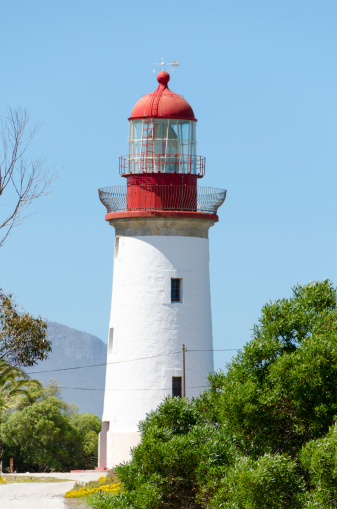
Robben Island Lighthouse. Photo by Pil-Art. Unsplash
Because of the maritime dangers of Robben Island and its surrounding waters, Jan van Riebeeck, the first Dutch colonial administrator in Cape Town in the 1650s, ordered that massive bonfires be lit at night on top of Fire Hill, the island’s highest point (now Minto Hill). These were to alert VOC ships that the island was approaching.
Robben Island lighthouse on Minto Hill was completed in 1865. The cylindrical masonry tower is 18 meters tall and has an attached light keeper’s house at its base, as well as a lantern gallery at the top. The lamp was converted to electricity in 1938.
Instead of a revolving lamp, the lighthouse employs a flashing lantern that shines for 5 seconds every seven seconds. The 46,000-candela beam flashes white light away from Table Bay and can be seen up to 44 kilometers away. For vessels sailing south-southeast, a secondary red light serves as a navigation aid.
6. Robben Island experienced the oldest recorded earthquake in South Africa
The Robben Island earthquake of 1620 is widely considered to be the oldest recorded earthquake in South African history. It is said to have happened on April 7, 1620, off the coast of Robben Island, with a Mercalli intensity of II – IV (Weak-Light).
Augustin de Beaulieu, who was commanding a fleet of three ships on Table Bay at the time, witnessed the event and recorded “two startling thunderclaps like cannon shots while the ship was becalmed near Robben Island” between 6:00 and 7:00.
7. Robben Island is rich in natural resources
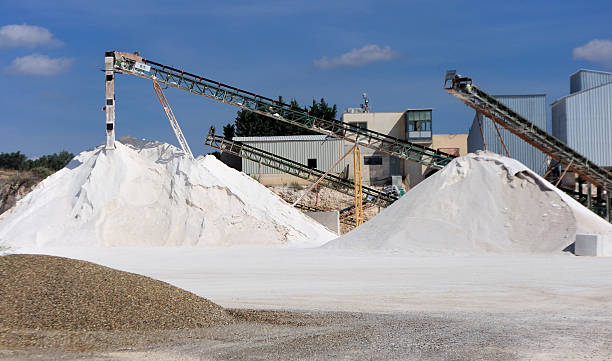
Limestone quarry. Photo by Peuceta. Unsplash
The Robben Island Limestone Quarry is one of the island’s earliest features of human occupation. It dates from the mid-seventeenth century. The quarry supplied the dressed stone for the foundations of Cape Town’s Castle of Good Hope.
8. Nelson Mandela was detained in Robben Island

Rusty wire fencing around prison compound on Robben Island. Photo by Sproetniek. Unsplash
Mandela was sent there after being sentenced to life in prison in June 1964 for sabotage and conspiracy to overthrow the government. He served 18 years of his 27-year sentence on Robben Island. He was confined to a 2.4 m by 2.1 m cell with only a straw mat.
9. Robben Island is a UNESCO World Heritage Site
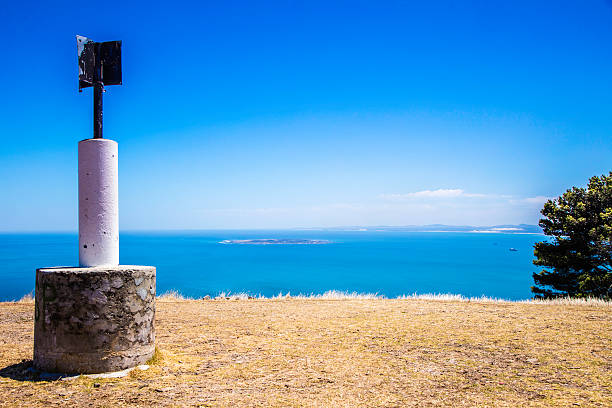
Robben Island. Photo by THEGIFT777. Unsplash
The area was designated a National Monument in 1996 under South Africa’s National Monuments Act. Robben Island and its one nautical mile buffer zone are legally protected as National Heritage Sites.
10. Robben Island inspired the book “Island in Chains”
Former inmate Indres Naidoo’s book, released in 1982, was the first published account of prison life on the Island.
Planning a trip to Paris ? Get ready !
These are Amazon’s best-selling travel products that you may need for coming to Paris.
Bookstore
- The best travel book : Rick Steves – Paris 2023 – Learn more here
- Fodor’s Paris 2024 – Learn more here
Travel Gear
- Venture Pal Lightweight Backpack – Learn more here
- Samsonite Winfield 2 28″ Luggage – Learn more here
- Swig Savvy’s Stainless Steel Insulated Water Bottle – Learn more here
Check Amazon’s best-seller list for the most popular travel accessories. We sometimes read this list just to find out what new travel products people are buying.



